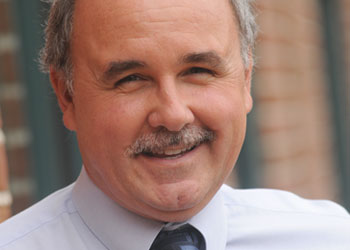
The communication barrier
There are few symptoms that all children with autism share, but nearly all have some difficulty with communication, ranging from avoiding social interaction to being completely unable to speak.
“A 12-year-old with acid reflux might say, ‘I have heartburn,’” says Buie. “But a nonverbal autistic 12-year-old with acid reflux can’t say ‘I have heartburn.’ He can’t even say, ‘doctor.’” Buie explained that children with ASD get sick and can come down with the same common ailments that people without autism incur.
This presents an especially formidable challenge to doctors, caregivers and family. “They have all the symptoms that we as adults sometimes feel,” Kilo says, “but in kids who can’t talk, who can’t communicate how painful it is — they just act out. What we see is their behavior. It really takes digging deep to be able to find what it is in this population of kids.”
Kilo says sometimes caregivers get lucky. Recently, a severely autistic 12-year-old boy whom she has been following for eight years had become more aggressive and self-injurious. The boy’s parents, teachers and doctors could not figure out what was causing the change in behavior. Then they had a breakthrough. “The teacher told me,” Kilo says, “just out of the blue, she wondered if maybe something hurts? Maybe the boy doesn’t feel good? So she called the mom, and she asked permission to give the boy Motrin. She gave Motrin. She didn’t know what she was treating, but she gave Motrin, and for a couple hours, he was better. You can’t talk to this boy and say, ‘What is hurting you?’ You can’t do that. It’s a guessing game.”
Reschke-Hernandez faces similar issues in music therapy, where children sitting next to each other may have opposite reactions to certain instruments but are unable to tell their therapist. “When I work with groups, I have kids on both ends of the spectrum,” she says. “How do I address the needs of a non-verbal child who might be hypersensitive to a jingle bell while another non-verbal child just loves a jingle bell? That’s where creativity comes in. It’s very individualized, just like your music taste is individualized.”
Kilo says that the medical community is recognizing that there isn’t necessarily one cause for autism. Rather autism is a description of children with a set of similar behaviors and characteristics. “Each one of these kids may manifest this constellation of behaviors for a very different reason,” she says. “They’ve all got the brain pre-disposition to have delays in social skills, delays in language, delays in their pragmatics and understanding of how to negotiate the world around them, but it’s for very different reasons. And they all display it differently.”
